SPRINGVALE — The last time Pamala Crabb showed her art about the degradation of the ocean, skeptics confronted her.
“I sold a lot of work, but nobody believed my message,” she said. “People seemed to say, ‘You don’t know what you’re talking about because you’re an artist.’ ”
Crabb, who makes encaustic paintings at her home studio in Springvale, treated the feedback as constructive criticism. She enlisted scientists around New England to participate in what she hopes will be a traveling exhibition about the Gulf of the Maine that combines art with science.
The first of those shows, “Protecting our Oceans,” opens Saturday at the Whitney Galleries in Wells. It’s a group show with Crabb, Maine photographer Robin Keus and Massachusetts painter Pamela DeJong.
Kara Lavender Law of Cape Elizabeth, an oceanography professor at Sea Education Association in Woods Hole, Massachusetts, will discuss her research about plastic pollution in the Gulf of Maine at 3 p.m. Saturday at the gallery.
Crabb envisions bringing the show to coastal communities across New England, updating the exhibition with fresh artwork and different speakers.
The marriage of art and science serves both in different ways. For the art community, it’s a chance to learn about research in the gulf and the effect of accumulating plastics on marine life. For the scientists, it’s an opportunity to reach people who might otherwise not hear the message.
We’ve learned a lot about plastic pollution in the ocean in recent years, Law said, and the media is paying more attention to ocean health in general, related to climate change and rising sea levels. At the same time, artists are exploring those issues in their work, Law said.
“This is one topic that seems to have natural connections,” Law said.
Each artist will show multiple images. Crabb is exhibiting wax paintings on birch textured to suggest the bubbling and movement of the ocean. DeJong makes mixed media paintings of endangered sea life. Keus, who lives in Wells, makes finely crafted photos of the intersection of land and sea, capturing both the power of the water and its relationship with the earth and sky.
Keus’ goal is finding the beauty in nature, subtle or dramatic, and presenting it to the viewer so it inspires awe and wonder. If combining it with advocacy and awareness motivates people to preserve and protect the environment, all the better. “My hope is that the image I present will show to those who are viewing it an appreciation for what is left in our environment and inspire them to do what they can to save it,” he said.
DeJong, who lives in Ashland, Massachusetts, views her work in the arts as an extension of 40-year career as a nurse. Before, she helped humans heal. Now she is helping Earth.
DeJong met Crabb through a regional art group and has shown her work several times in Maine, including in an encaustics show at the Portland Public Library. The Wells exhibition will include work in a variety of media about endangered species.
“I love birds, and I love sea animals. I do a lot of paintings of salmon, lobster, the aquatic marine environment of the Gulf of Maine, including microscopic organisms. Puffins, plovers – it’s all about what’s endangered and educating the public about what’s becoming endangered because of climate change and other factors,” she said.
Plastics are part of that discussion.
Law studies plastic in the ocean through her work at the Sea Education Association, an academic program that promotes ocean stewardship. It’s a relatively new science, based largely on data collected in the past 15 years, she said.
For decades, Law said, “we’ve been towing plankton nets in support of student research projects. And, since as long ago as the 1980s, we’ve noticed plastic coming up in the nets.”
In the past decade, as the topic has received more attention, the Sea Education Association has made its data available for science and education. There is much to be learned, Law said, but there’s no disputing that large concentrations of plastic are adversely affecting marine life.
“There’s just a lot of tiny bits of plastic floating in the ocean, originating from large items that we use every day. Things like bottle caps, plastic bottles, straws,” she said.
Crabb calls this project a “lifetime endeavor.” A longtime environmentalist who grew up Connecticut, she’s motivated by making art that matters.
“It’s going to be my work for a really long time. I feel guided now, and I have a purpose,” she said.
Copy the Story LinkSend questions/comments to the editors.


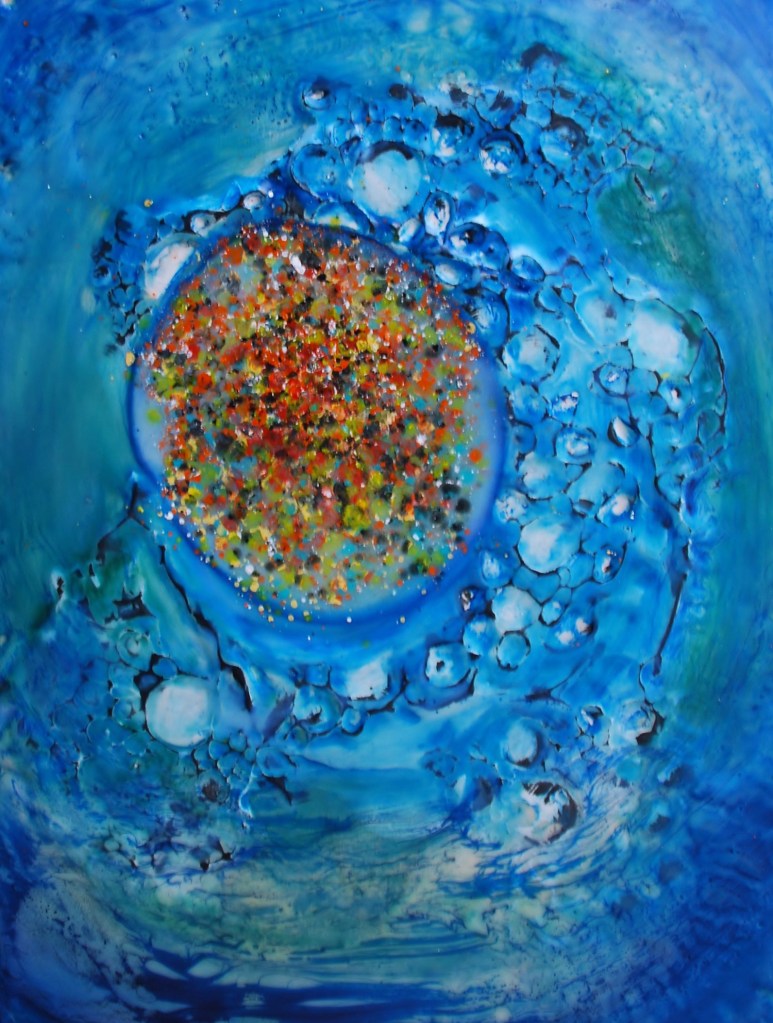
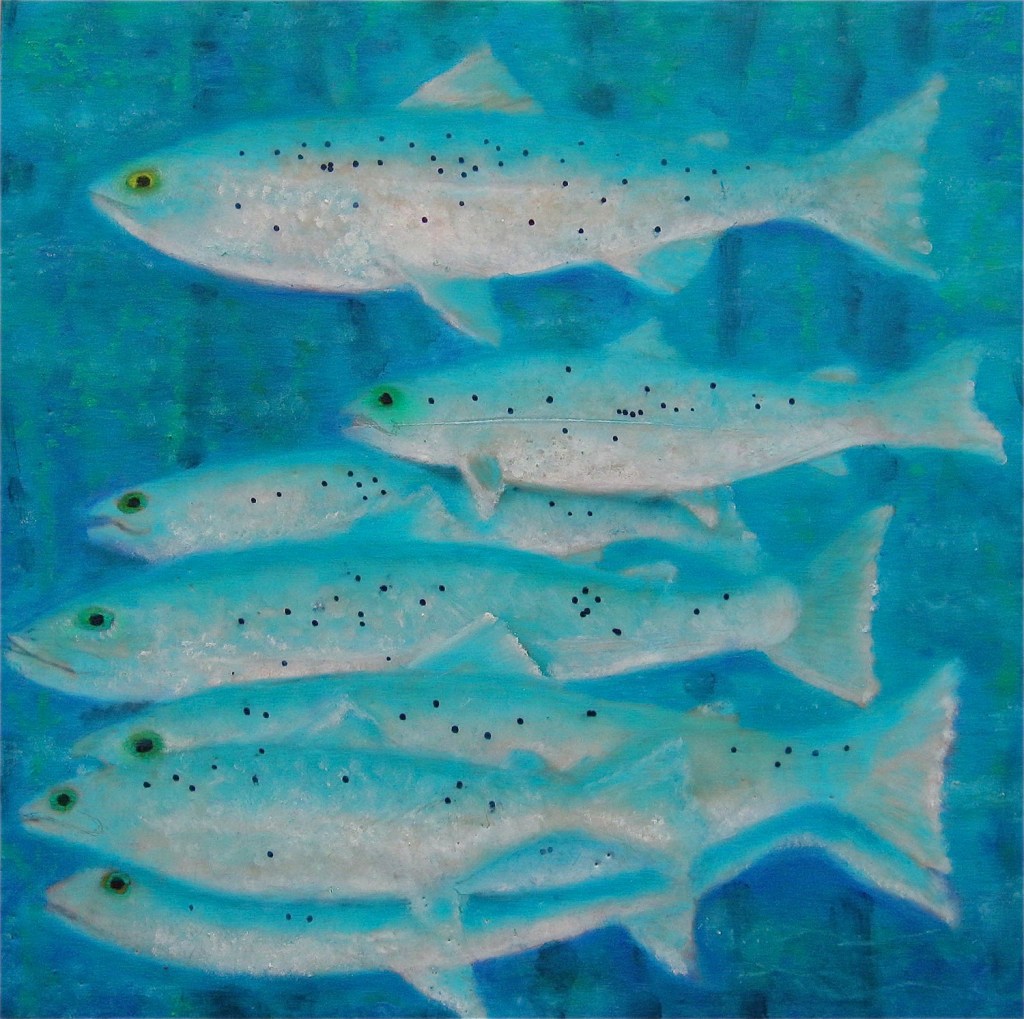

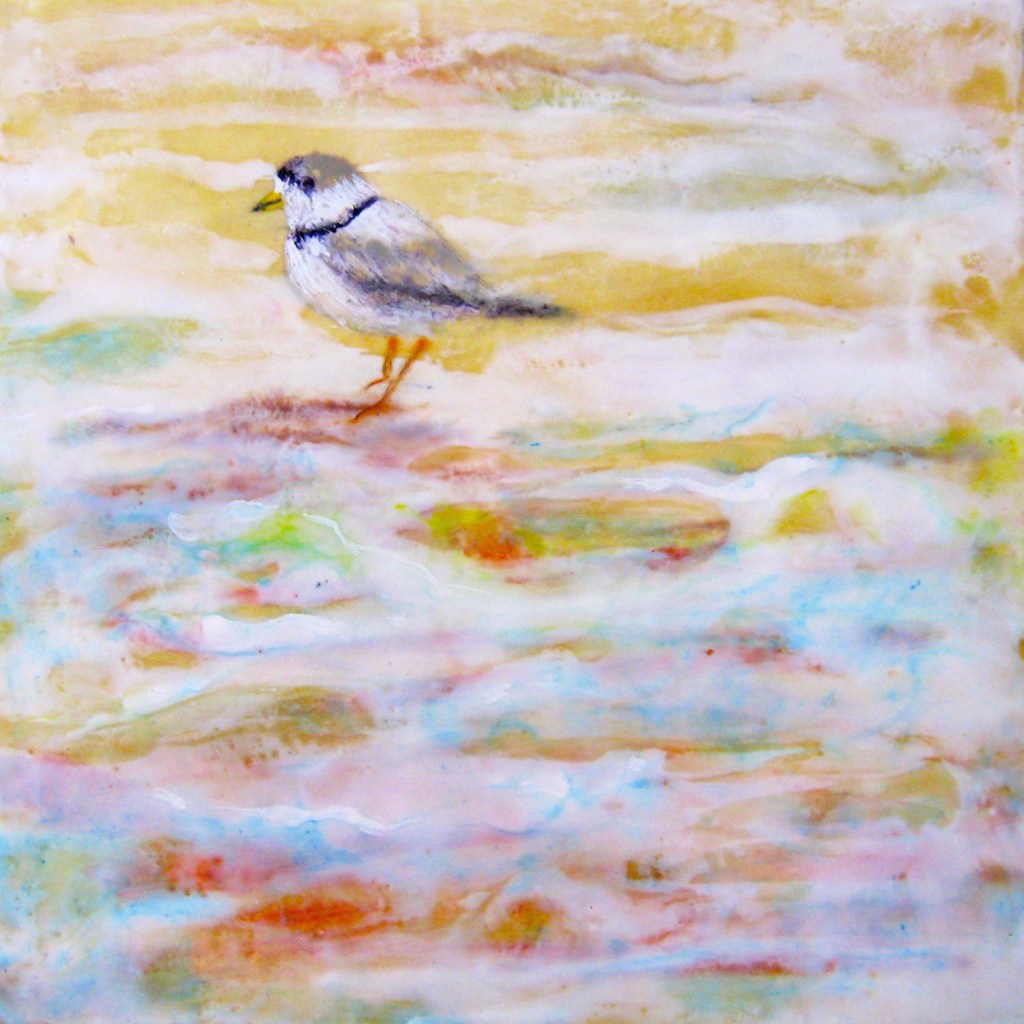
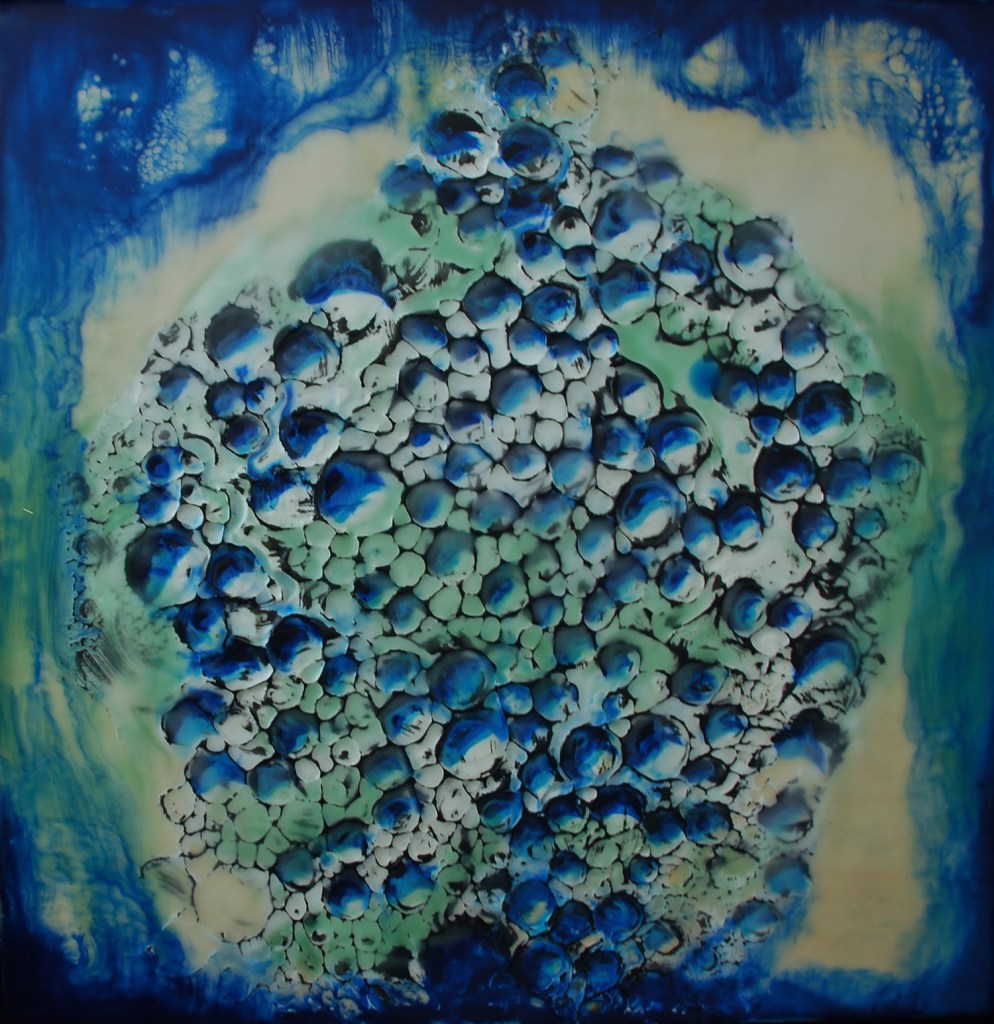
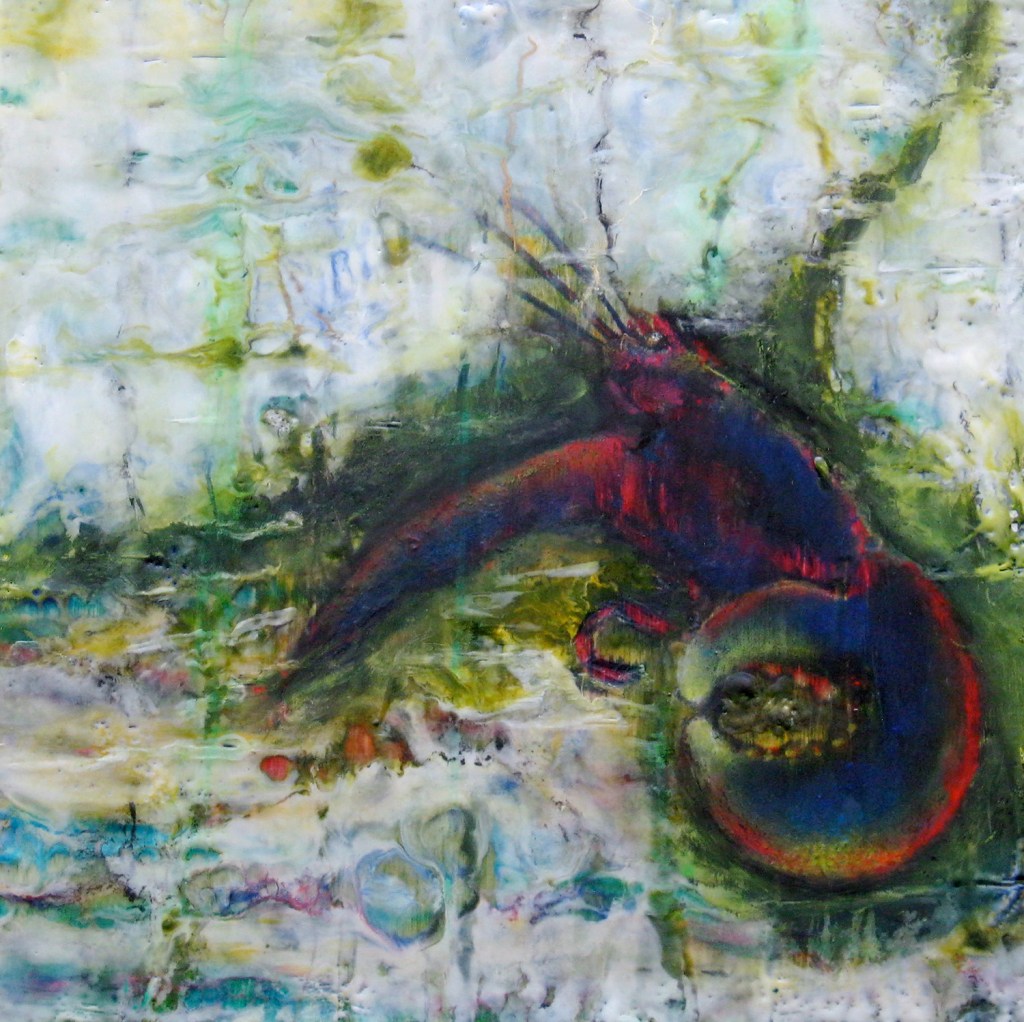
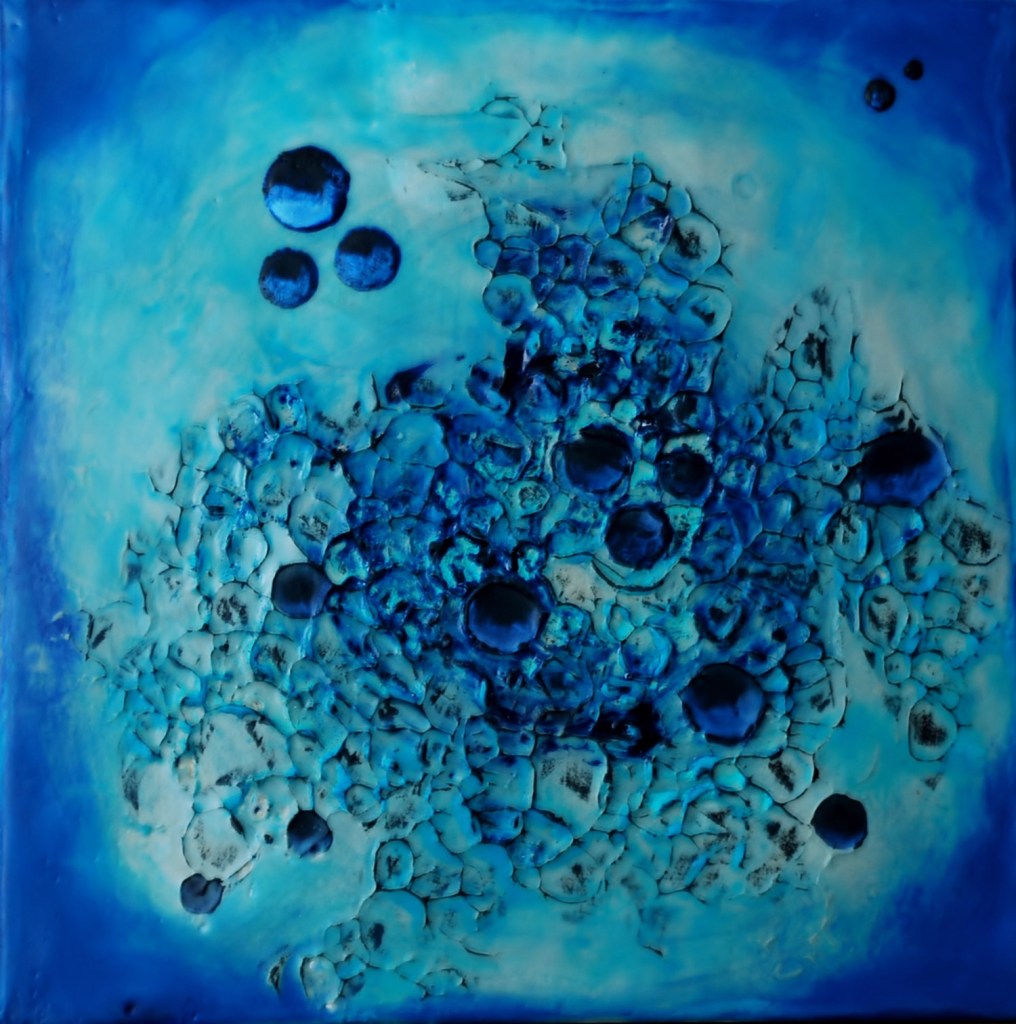
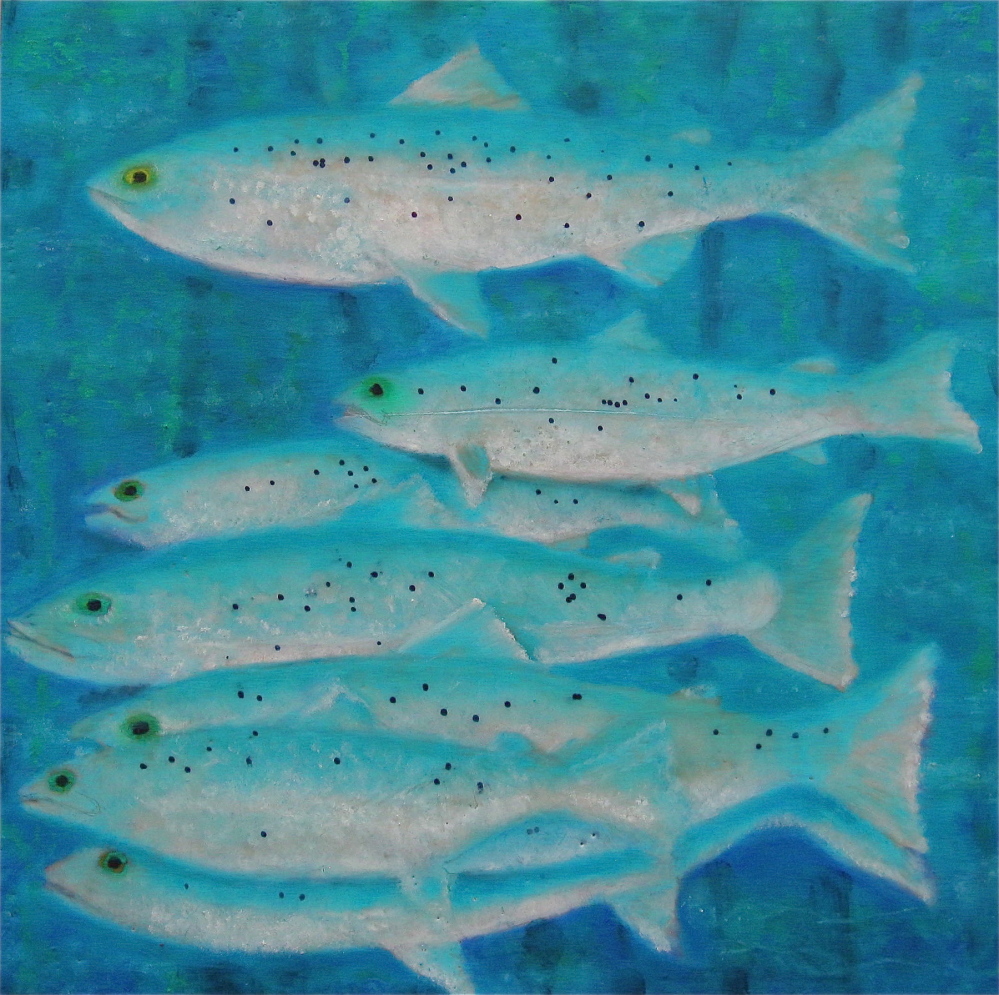

Success. Please wait for the page to reload. If the page does not reload within 5 seconds, please refresh the page.
Enter your email and password to access comments.
Hi, to comment on stories you must . This profile is in addition to your subscription and website login.
Already have a commenting profile? .
Invalid username/password.
Please check your email to confirm and complete your registration.
Only subscribers are eligible to post comments. Please subscribe or login first for digital access. Here’s why.
Use the form below to reset your password. When you've submitted your account email, we will send an email with a reset code.